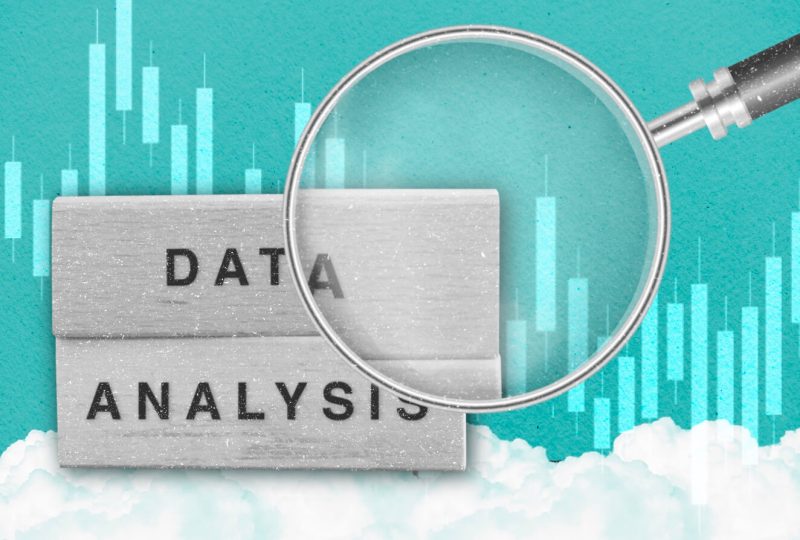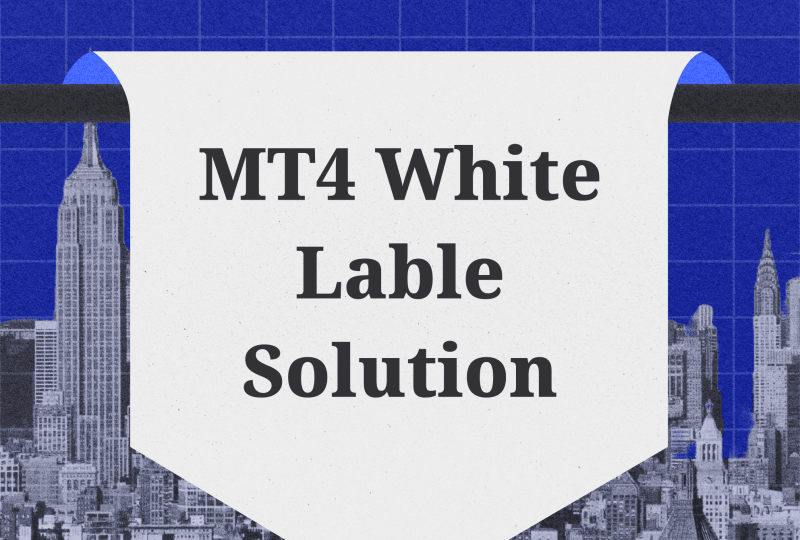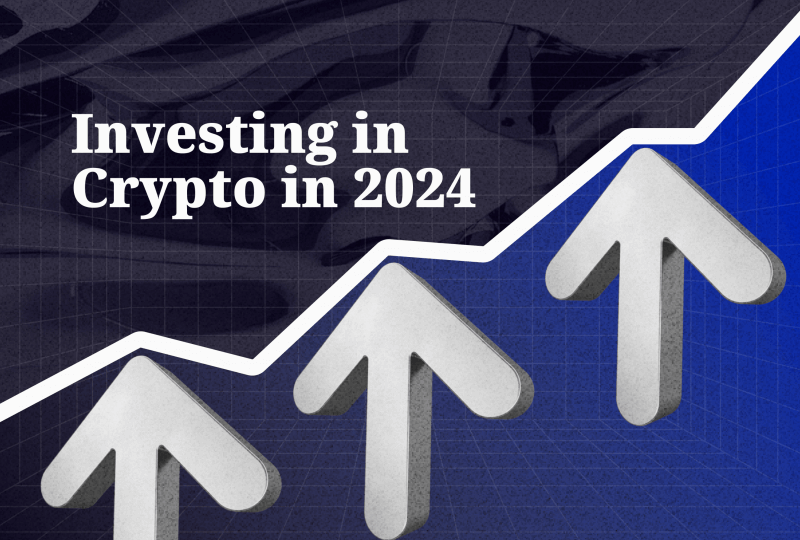What is Data Analytics? Techniques, Tools, Methodology, and More
May 25, 2023

In today’s hyper-connected world, the lifeblood of successful businesses is not just data but the ability to use it effectively. Data analytics has become an indispensable tool in the strategic arsenal of any enterprise aiming to thrive and expand.
The genesis of data usage can be traced back to 19,000 BC when our Paleolithic forebears utilized a primitive tool known as the Ishango bone to conduct some primitive calculations. This historical artifact represents the earliest instance of data recording and manipulation.
As we leap forward to the contemporary era, the evolution of the internet and the proliferation of technology giants like Google in 1997 have dramatically increased the volume of accessible data. The digital revolution has not only democratized data but has made it a ubiquitous commodity available to anyone with a computing device.
As we navigate the complexities of the digital age, it’s imperative to understand: What exactly is data analytics, and why has it become so crucial in our lives?
Key Takeaways
- Data analytics involves extracting valuable insights from data, empowering businesses to make informed decisions and achieve strategic objectives.
- The advantages of data analytics include targeted customer engagement, effective problem-solving, cost reduction, and access to accurate information for decision-making.
- Data analytics methodologies and techniques vary based on the data type being analyzed, whether structured or unstructured, and factors like volume, velocity, and variety.
- The field of data analytics is rapidly expanding, creating a high demand for skilled professionals. It offers promising career opportunities, making it an appealing choice for those seeking a dynamic career path.
Fundamentals Of Data Analytics
As understood across various industries and professionals, data analytics can be universally described as scrutinizing, transforming, and analyzing raw data to extract valuable, actionable insights that guide business decisions. This process mitigates the uncertainties involved in decision-making by delivering key findings and statistics, often illustrated through diagrams, visualizations, tables, and graphs.
An everyday example of data analytics is evaluating past experiences or future projections to inform our decisions. Essentially, it’s a practice of studying historical data and making prospective analytics to enhance the future performance.
So, first, let’s discuss: what constitutes data?
Different Types Of Data
In its broadest sense, data refers to raw, unprocessed information that becomes valuable when interpreted and analyzed. There are numerous types of data, each distinct in their characteristics and uses.
- Big Data
Big data is a term that surfaced in the early 2000s, referring to rapid, complex, and large datasets that defy traditional processing techniques. This notion was popularized by industry analyst Doug Laney, who defined big data using three Vs.: volume, velocity, and variety.
Volume – the enormous quantities of data continually collected by organizations. While storing such large volumes of data would have posed significant challenges in the past, today’s inexpensive storage solutions make it a much more manageable task.
Velocity – the speed at which data is received and processed. With the advent of the Internet of Things, data flows ceaselessly and at unprecedented rates.
Variety – the diverse forms of data collected and stored by organizations, from structured numerical data to unstructured formats like emails, videos, and audio files.
- Metadata
Metadata is another type of data providing information about other pieces of data, like an image. Metadata can be seen in everyday tasks, such as right-clicking a file to view details like file size, type, creation date, and more.
- Real-Time Data
Real-time data is information presented immediately upon acquisition. An example is a stock market ticker, updating information on the most active stocks in real-time.
- Machine Data
Machine data is entirely machine-generated without human intervention. For instance, your smartphone automatically produces call logs, which is a type of machine data.
- Quantitative And Qualitative Data
Finally, there are quantitative and qualitative data types. Structured, or quantitative data usually appears in a traditional database format with rows and columns.
In contrast, unstructured or qualitative data encompasses forms that don’t neatly fit into this grid, such as text, images, videos, and more. This could include social media posts, digital images, and even transcripts of conversations.
Critical Benefits of Data Analytics For Businesses
Data is a vital tool for businesses, providing a wealth of benefits when managed and analyzed effectively. Here are several advantages that data analytics can offer to businesses:
Enhanced Customer Targeting
Businesses cannot afford to waste valuable time, resources, and capital on advertising campaigns that target demographics with little to no interest in their products or services. Data analytics provides a solution by enabling precise targeting, allowing businesses to direct their marketing efforts where they will have the greatest impact.
Deeper Understanding of Target Audiences
Data analytics provides insights into the performance of products and campaigns within target demographics. It reveals critical information about consumer behavior, such as spending patterns, disposable income, and potential areas of interest. This knowledge aids in pricing decisions, campaign durations, and demand forecasting.
Operational Cost Reduction
Data analytics can spotlight inefficiencies within your business, highlighting areas that require increased resources, are underperforming, and may need to be downsized or discontinued.
Improved Problem-Solving Methods
Data-driven decisions tend to yield better outcomes. Data analytics equips businesses with vital information to make informed choices, sidestepping potential pitfalls and costly mistakes.
Access to More Accurate Information
Accurate data is the foundation of informed decision-making. Data analytics helps businesses obtain relevant, precise information, crucial for crafting future marketing strategies and business plans and revising the company’s mission or vision.
What’s The Data Analysis Process?
Now that we acknowledge data analytics’s importance and benefits let’s get to the process. Generally, the data analytics process consists of 5 key stages:
- Identification
Before you analyze data, it’s crucial to identify why you need the data and what questions you aim to answer. These could range from “How do customers perceive our brand?” to “Which packaging design appeals most to our potential customers?” Once the questions are framed, you can proceed to the next stage.
- Collection
As the term implies, this stage involves collecting data and determining the sources that you will employ. Data collection can take various forms, such as internal or external sources, surveys, interviews, questionnaires, or focus groups. It’s important to note that data collection methods can differ depending on whether you deal with quantitative or qualitative data.
- Cleaning
After amassing the required data, the next step is to cleanse it, preparing it for analysis. Not all collected data will likely be helpful, and you may encounter duplicate or poorly formatted data when dealing with large volumes of information in varied formats.
Therefore, it’s imperative to eliminate any white spaces, duplicate entries, or formatting mistakes before proceeding to ensure the quality of your data analysis.
- Analysis
This stage involves applying statistical analysis, regressions, neural networks, and text analysis to extract meaningful conclusions from your data. You seek to identify trends, correlations, variations, and patterns to help answer the initial questions you posed during the identification stage.
- Interpretation
The final stage involves interpreting the results of your analysis. This is where you derive actionable insights based on your findings. You might determine customer preferences regarding product packaging—whether they favor blue over yellow or paper instead of plastic. This stage also allows you to identify potential limitations in your analysis and address them.
Four Types Of Data Analytics
With its rapid development, data analytics has expanded to meet the demands of a wide range of businesses. The data team’s job is to distill incomprehensible algorithms, unorganized data, and a mountain of raw data into meaningful patterns and KPIs.
Four main types of data analysis are used in the information technology industry, each including several useful methodologies we will discuss later below.
- Descriptive Analytics
This form of data analytics provides insights into what has happened in the past and what is currently unfolding. By identifying trends and patterns, descriptive analytics offers a snapshot of the current situation based on historical and contemporary data.
- Diagnostic Analytics
Diagnostic analytics delves into the reasons behind observed trends and patterns. It seeks to answer the question: “Why did this happen?” Diagnostic analytics unravels the factors or reasons behind past performances by examining the data highlighted through descriptive analytics.
- Predictive Analytics
Predictive analysis gazes into the future, attempting to answer: “What is likely to happen next?” This advanced form of analytics often relies on machine learning and deep learning techniques. Through statistical analysis and forecasting, predictive analytics helps businesses anticipate future occurrences.
- Prescriptive Analytics
Prescriptive analytics integrates all available information to answer: “What should we do?” It often involves testing and other techniques to suggest specific actions to achieve the desired outcome. Prescriptive analytics leverages machine learning, algorithms, and business rules to provide actionable recommendations.
5 Most Popular Data Analytics Tools
When it comes to conducting data analytics tasks, the right tools are essential. Here’s top 5 most popular data analysis tools in the industry:
Data Analytics Methodology
It’s already pretty evident that data analytics is an expansive and diverse field. With specificity in data comes a requirement for unique analytical approaches and methodologies.
While it’s an uphill task to cover every unique method that professionals employ, we’ve curated a brief ‘dictionary’ as a sneak peek into the top ten most prevalent methodologies used in data analytics.
- Regression Analysis: This method investigates the correlation between dependent variables, aiming to understand how a shift in one can influence the other.
- Factor Analysis: This approach compresses a large dataset into a more manageable size to uncover hidden trends that might be harder to spot in the voluminous data.
- Cohort Analysis: It involves segmenting a dataset into groups of similar data, often based on customer demographics, which allows a deeper exploration of specific data subsets.
- Monte Carlo Simulations: These model the probability of varying outcomes. Frequently employed for risk mitigation and loss prevention, these simulations incorporate multiple values and variables, often offering superior forecasting abilities.
- Time Series Analysis: This technique tracks data over time, cementing the relationship between a data point’s value and occurrence. It’s typically used to identify cyclical trends or make financial predictions.
- Data Mining: This is an overarching term for deriving metrics and insights for added value and context. Data mining employs exploratory statistical evaluation to identify dependencies, patterns, and trends, creating advanced knowledge.
- Decision Tree Analysis: As a decision-support tool, it visually displays potential outcomes, consequences, and costs in a tree-like model, enabling researchers and business users to evaluate all factors involved and choose the best course of action.
- Correspondence Analysis: Also known as reciprocal averaging, it analyzes the relationship between categorical variables presented within a contingency table. A contingency table shows the data distribution, usually responses to a survey or questionnaire on a specific topic.
- Multidimensional Scaling (MDS): This method observes similarities or differences between objects, including colors, brands, people, geographic coordinates, etc. The (dis)similarities are represented using one or more dimensions that can be observed using a numerical scale.
- Neural Networks: Intelligent algorithms that learn from data transactions, mimicking human brain processes to generate insights and predict values.
So, Should You Become A Data Analyst?
So, you might wonder if pursuing a career as a data analyst is a good choice. Considering the insights we’ve gained about what data analysis entails, its significance, and its extensive application, it’s no surprise that the demand for data analysts is soaring worldwide.
Every company, whether a well-established brand or a startup, needs to make sense of the information they receive from customers to enhance their relationships and optimize their services. Therefore, the career opportunities in this field are vast and diverse.
According to Forbes, the data analytics profession is experiencing explosive growth. The United States Bureau of Labor Statistics predicts a remarkable 28 percent growth in data science job opportunities by 2026. This projection signifies the ever-increasing demand for skilled data scientists and analysts.
If you’re seeking a rewarding career offering competitive compensation and consistent demand, data analysis could be the right path. While the journey may present its challenges, the knowledge, and experience gained in this field will undoubtedly make it worthwhile.
FAQs
- What is the role of a data analyst?
A data analyst examines data to uncover significant insights about a business’s customers and identifies ways the data can be leveraged to solve problems. They are crucial in communicating these findings to company leadership and other stakeholders.
- How complex is data analytics?
Like any skill, learning data analytics can present its challenges. Working with big data can be particularly daunting, especially for individuals without a technical background or prior experience with programming languages and data visualization tools.
- Is data analysis an IT job?
Yes, data analysis falls under the umbrella of IT jobs, similar to roles such as software engineering and data science. Data analysts act as gatekeepers for data within an organization, enabling stakeholders to understand and make informed business decisions based on the data.
- What skills are required for data analysts?
Data analysts need strong skills in data management, statistical analysis, data visualization, and a solid business domain understanding.




